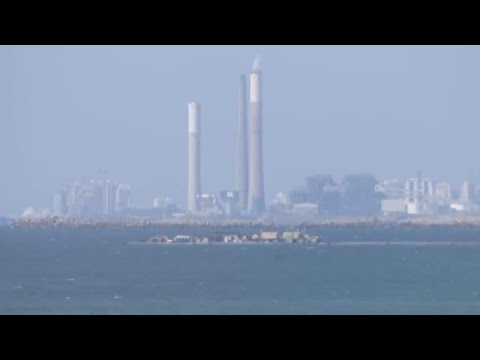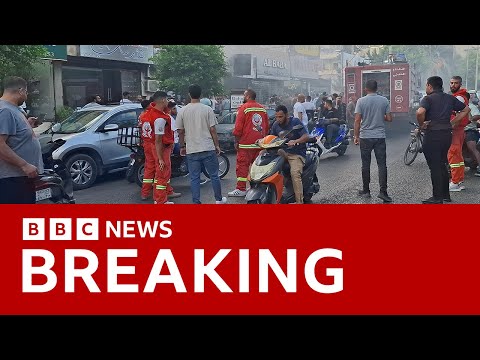(17 May 2024)
RESTRICTION SUMMARY:
ASSOCIATED PRESS
Wadi Gaza, view of northern Gaza – 17 May 2024
1. Various of ship seen off the coast of Gaza near a U.S.-built floating pier
2. Mid of floating pier
3. Various of trucks waiting to load aid
4. Pan right from people and trucks to smoke rising nearby
5. Various of ships carrying aid
6. Various of ships and floating pier
ASSOCIATED PRESS
Nairobi, Kenya – 17 May 2024
++VIA VIDEO CALL++
7. SOUNDBITE (English) Kate Phillips-Barrasso, Mercy Corps Vice-President of Global Policy and Advocacy:
"Aid is welcome, in any form that it comes into Gaza. But I think Mercy Corps is trying to stress the point that, while this will increase the volume that we really think the solution is to opening all land routes and hastening inspections so aid can more expeditiously reach people at scale across Gaza. So we don’t think that this maritime port will solve the problem. Yes, it will bring some additional aid into Gaza, but it will be nowhere near enough, to solve the humanitarian challenge there, particularly as, the border crossings of Rafah and Kerem Shalom remain closed."
ASSOCIATED PRESS
Wadi Gaza, view of Northern Gaza – 17 May 2024
8. Trucks moving
STORYLINE:
Trucks ready to carry badly needed aid for the Gaza Strip drove near a newly-built U.S. pier Friday as Israeli restrictions on border crossings and heavy fighting hindered the delivery of food and other supplies.
Friday’s shipment is the first in an operation that American military officials anticipate could scale up to 150 truckloads a day, all while Israel presses in on the southern city of Rafah in its seven-month offensive in the besieged territory.
But the U.S. and aid groups warn that the floating pier project is not a substitute for land deliveries that could bring in all the food, water and fuel needed in Gaza.
Before the war, more than 500 truckloads entered the territory on an average day.
The operation’s success also remains tenuous because of the risk of militant attack, logistical hurdles and a growing shortage of fuel for the trucks to run due to the Israeli blockade of Gaza since Hamas’ Oct. 7 attack.
Militants killed 1,200 people and took 250 others hostage in that assault on southern Israel.
The Israeli offensive since has killed more than 35,000 Palestinians in Gaza, local health officials say, while hundreds more have been killed in the West Bank.
Aid agencies say they are running out of food in southern Gaza and fuel is dwindling.
"We don’t think that this maritime port will solve the problem. Yes, it will bring some additional aid into Gaza, but it will be nowhere near enough, to solve the humanitarian challenge there, particularly as, the border crossings of Rafah and Kerem Shalom remain closed," said Kate Phillips-Barrasso, Mercy Corps Vice-President of Global Policy and Advocacy.
Troops finished installing the floating pier on Thursday, and the U.S. military’s Central Command said the first aid crossed into Gaza at 9 a.m. Friday.
It said no American troops went ashore in the operation.
The Pentagon said no backups were expected in the distribution process, which is being coordinated by the United Nations.
The U.N. humanitarian aid coordinating agency said the start of the operation was welcome but not a replacement for deliveries by land.
The U.N. earlier said fuel deliveries brought through land routes have all but stopped and that would make it extremely difficult to bring the aid to Gaza’s people.
U.S. President Joe Biden ordered the pier project, expected to cost $320 million.
Find out more about AP Archive: http://www.aparchive.com/HowWeWork
Twitter: https://twitter.com/AP_Archive
Facebook: https://www.facebook.com/APArchives
Instagram: https://www.instagram.com/APNews/
You can license this story through AP Archive: http://www.aparchive.com/metadata/youtube/6852c30dc4244c8f8664148d153fe4ea





